Citibank 2015 Annual Report Download - page 140
Download and view the complete annual report
Please find page 140 of the 2015 Citibank annual report below. You can navigate through the pages in the report by either clicking on the pages listed below, or by using the keyword search tool below to find specific information within the annual report.-
 1
1 -
 2
2 -
 3
3 -
 4
4 -
 5
5 -
 6
6 -
 7
7 -
 8
8 -
 9
9 -
 10
10 -
 11
11 -
 12
12 -
 13
13 -
 14
14 -
 15
15 -
 16
16 -
 17
17 -
 18
18 -
 19
19 -
 20
20 -
 21
21 -
 22
22 -
 23
23 -
 24
24 -
 25
25 -
 26
26 -
 27
27 -
 28
28 -
 29
29 -
 30
30 -
 31
31 -
 32
32 -
 33
33 -
 34
34 -
 35
35 -
 36
36 -
 37
37 -
 38
38 -
 39
39 -
 40
40 -
 41
41 -
 42
42 -
 43
43 -
 44
44 -
 45
45 -
 46
46 -
 47
47 -
 48
48 -
 49
49 -
 50
50 -
 51
51 -
 52
52 -
 53
53 -
 54
54 -
 55
55 -
 56
56 -
 57
57 -
 58
58 -
 59
59 -
 60
60 -
 61
61 -
 62
62 -
 63
63 -
 64
64 -
 65
65 -
 66
66 -
 67
67 -
 68
68 -
 69
69 -
 70
70 -
 71
71 -
 72
72 -
 73
73 -
 74
74 -
 75
75 -
 76
76 -
 77
77 -
 78
78 -
 79
79 -
 80
80 -
 81
81 -
 82
82 -
 83
83 -
 84
84 -
 85
85 -
 86
86 -
 87
87 -
 88
88 -
 89
89 -
 90
90 -
 91
91 -
 92
92 -
 93
93 -
 94
94 -
 95
95 -
 96
96 -
 97
97 -
 98
98 -
 99
99 -
 100
100 -
 101
101 -
 102
102 -
 103
103 -
 104
104 -
 105
105 -
 106
106 -
 107
107 -
 108
108 -
 109
109 -
 110
110 -
 111
111 -
 112
112 -
 113
113 -
 114
114 -
 115
115 -
 116
116 -
 117
117 -
 118
118 -
 119
119 -
 120
120 -
 121
121 -
 122
122 -
 123
123 -
 124
124 -
 125
125 -
 126
126 -
 127
127 -
 128
128 -
 129
129 -
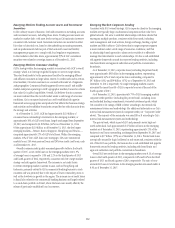 130
130 -
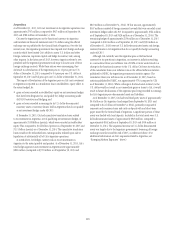 131
131 -
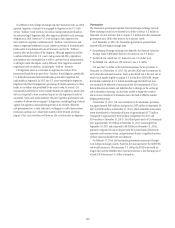 132
132 -
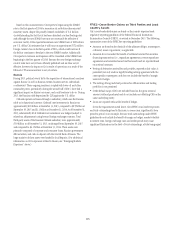 133
133 -
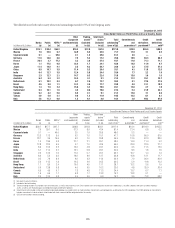 134
134 -
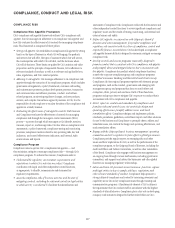 135
135 -
 136
136 -
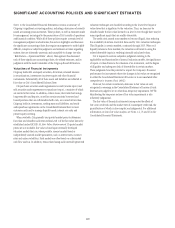 137
137 -
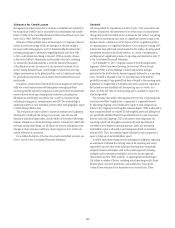 138
138 -
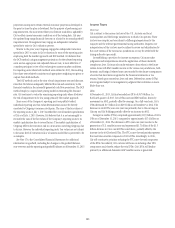 139
139 -
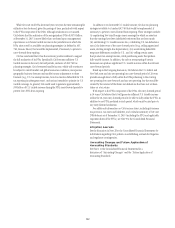 140
140 -
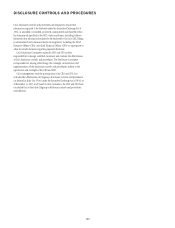 141
141 -
 142
142 -
 143
143 -
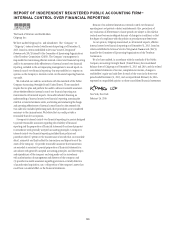 144
144 -
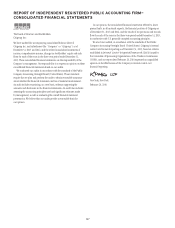 145
145 -
 146
146 -
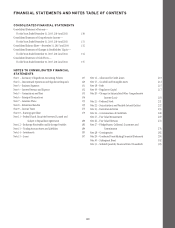 147
147 -
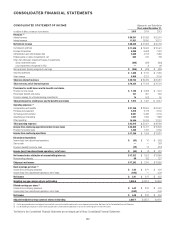 148
148 -
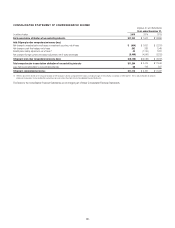 149
149 -
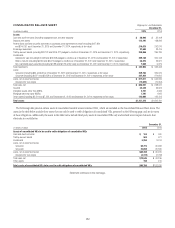 150
150 -
 151
151 -
 152
152 -
 153
153 -
 154
154 -
 155
155 -
 156
156 -
 157
157 -
 158
158 -
 159
159 -
 160
160 -
 161
161 -
 162
162 -
 163
163 -
 164
164 -
 165
165 -
 166
166 -
 167
167 -
 168
168 -
 169
169 -
 170
170 -
 171
171 -
 172
172 -
 173
173 -
 174
174 -
 175
175 -
 176
176 -
 177
177 -
 178
178 -
 179
179 -
 180
180 -
 181
181 -
 182
182 -
 183
183 -
 184
184 -
 185
185 -
 186
186 -
 187
187 -
 188
188 -
 189
189 -
 190
190 -
 191
191 -
 192
192 -
 193
193 -
 194
194 -
 195
195 -
 196
196 -
 197
197 -
 198
198 -
 199
199 -
 200
200 -
 201
201 -
 202
202 -
 203
203 -
 204
204 -
 205
205 -
 206
206 -
 207
207 -
 208
208 -
 209
209 -
 210
210 -
 211
211 -
 212
212 -
 213
213 -
 214
214 -
 215
215 -
 216
216 -
 217
217 -
 218
218 -
 219
219 -
 220
220 -
 221
221 -
 222
222 -
 223
223 -
 224
224 -
 225
225 -
 226
226 -
 227
227 -
 228
228 -
 229
229 -
 230
230 -
 231
231 -
 232
232 -
 233
233 -
 234
234 -
 235
235 -
 236
236 -
 237
237 -
 238
238 -
 239
239 -
 240
240 -
 241
241 -
 242
242 -
 243
243 -
 244
244 -
 245
245 -
 246
246 -
 247
247 -
 248
248 -
 249
249 -
 250
250 -
 251
251 -
 252
252 -
 253
253 -
 254
254 -
 255
255 -
 256
256 -
 257
257 -
 258
258 -
 259
259 -
 260
260 -
 261
261 -
 262
262 -
 263
263 -
 264
264 -
 265
265 -
 266
266 -
 267
267 -
 268
268 -
 269
269 -
 270
270 -
 271
271 -
 272
272 -
 273
273 -
 274
274 -
 275
275 -
 276
276 -
 277
277 -
 278
278 -
 279
279 -
 280
280 -
 281
281 -
 282
282 -
 283
283 -
 284
284 -
 285
285 -
 286
286 -
 287
287 -
 288
288 -
 289
289 -
 290
290 -
 291
291 -
 292
292 -
 293
293 -
 294
294 -
 295
295 -
 296
296 -
 297
297 -
 298
298 -
 299
299 -
 300
300 -
 301
301 -
 302
302 -
 303
303 -
 304
304 -
 305
305 -
 306
306 -
 307
307 -
 308
308 -
 309
309 -
 310
310 -
 311
311 -
 312
312 -
 313
313 -
 314
314 -
 315
315 -
 316
316 -
 317
317 -
 318
318 -
 319
319 -
 320
320 -
 321
321 -
 322
322 -
 323
323 -
 324
324 -
 325
325 -
 326
326 -
 327
327 -
 328
328 -
 329
329 -
 330
330 -
 331
331 -
 332
332
 |
 |
122
While Citi’s net total DTAs decreased year-over-year, the time remaining for
utilization has shortened, given the passage of time, particularly with respect
to the FTCs component of the DTAs. Although realization is not assured,
Citi believes that the realization of the recognized net DTAs of $47.8 billion
at December 31, 2015 is more-likely-than-not based upon management’s
expectations as to future taxable income in the jurisdictions in which the
DTAs arise as well as available tax planning strategies (as defined in ASC
740, Income Taxes) that would be implemented, if necessary, to prevent a
carry-forward from expiring.
Citi has concluded that it has the necessary positive evidence to support
the full realization of its DTAs. Specifically, Citi forecasts sufficient U.S.
taxable income in the carry-forward periods, exclusive of ASC 740 tax
planning strategies. Citi’s forecasted taxable income, which will continue to
be subject to overall market and global economic conditions, incorporates
geographic business forecasts and taxable income adjustments to those
forecasts (e.g., U.S. tax exempt income, loan loss reserves deductible for U.S.
tax reporting in subsequent years), and actions intended to optimize its U.S.
taxable earnings. In general, Citi would need to generate approximately
$59 billion of U.S. taxable income during the FTCs carry-forward periods to
prevent Citi’s FTCs from expiring.
In addition to its forecasted U.S. taxable income, Citi has tax planning
strategies available to it under ASC 740 that would be implemented, if
necessary, to prevent a carry-forward from expiring. These strategies include:
(i) repatriating low-taxed foreign source earnings for which an assertion
that the earnings have been indefinitely reinvested has not been made;
(ii) accelerating U.S. taxable income into, or deferring U.S. tax deductions
out of, the latter years of the carry-forward period (e.g., selling appreciated
assets, electing straight-line depreciation); (iii) accelerating deductible
temporary differences outside the U.S.; and (iv) selling certain assets
that produce tax-exempt income, while purchasing assets that produce
fully taxable income. In addition, the sale or restructuring of certain
businesses can produce significant U.S. taxable income within the relevant
carry-forward periods.
Based upon the foregoing discussion, Citi believes the U.S. federal and
New York state and city net operating loss carry-forward period of 20 years
provides enough time to fully utilize the DTAs pertaining to the existing
net operating loss carry-forwards and any net operating loss that would be
created by the reversal of the future net deductions that have not yet been
taken on a tax return.
With respect to the FTCs component of the DTAs, the carry-forward period
is 10 years. Citi believes that it will generate sufficient U.S. taxable income
within the 10-year carry-forward period to be able to fully utilize the FTCs, in
addition to any FTCs produced in such period, which must be used prior to
any carry-forward utilization.
For additional information on Citi’s income taxes, including its income
tax provision, tax assets and liabilities, and a tabular summary of Citi’s net
DTAs balance as of December 31, 2015 (including the FTCs and applicable
expiration dates of the FTCs), see Note 9 to the Consolidated Financial
Statements.
Litigation Accruals
See the discussion in Note 28 to the Consolidated Financial Statements for
information regarding Citi’s policies on establishing accruals for litigation
and regulatory contingencies.
Accounting Changes and Future Application of
Accounting Standards
See Note 1 to the Consolidated Financial Statements for a
discussion of “Accounting Changes” and the “Future Application of
Accounting Standards.”
